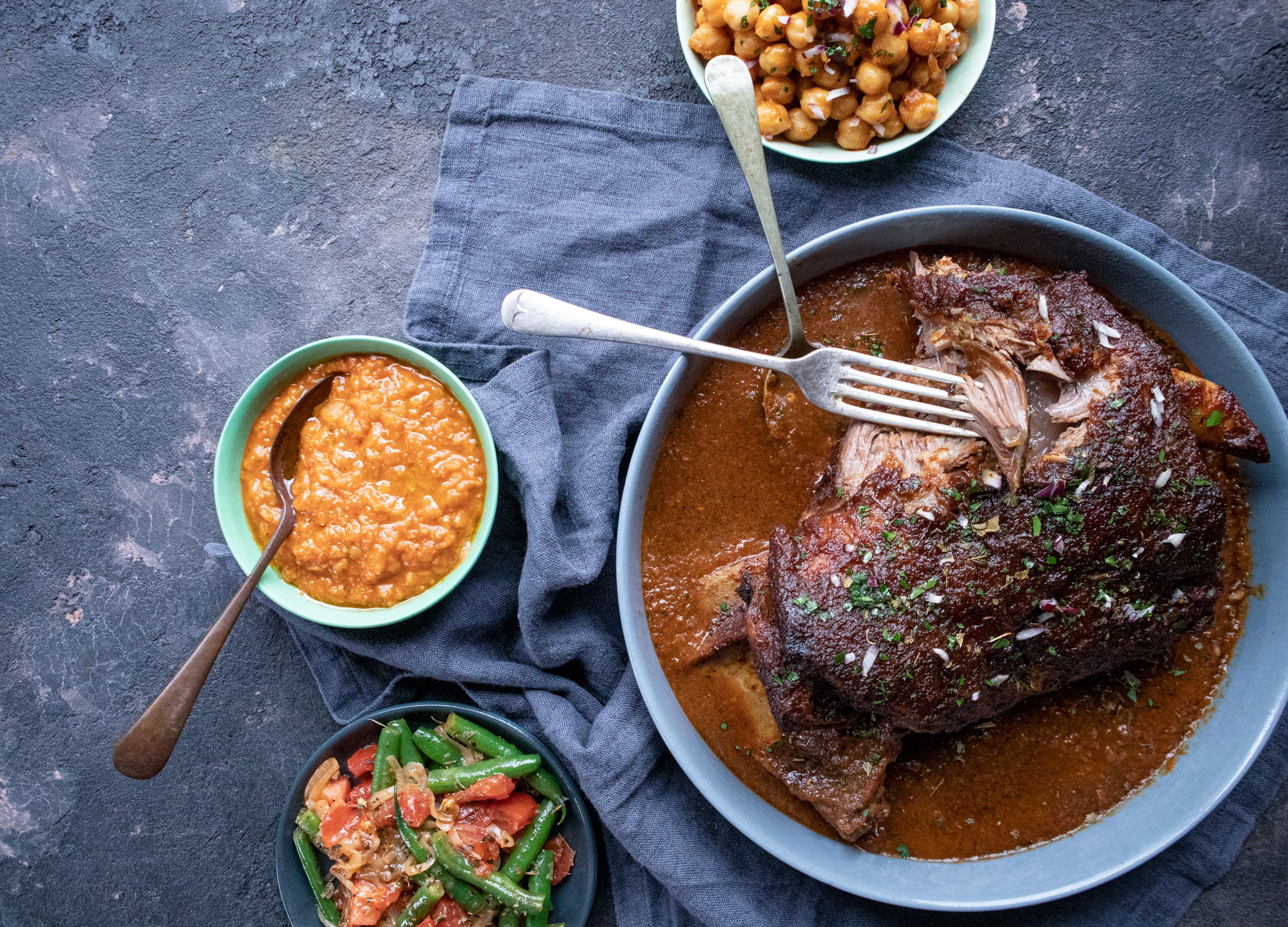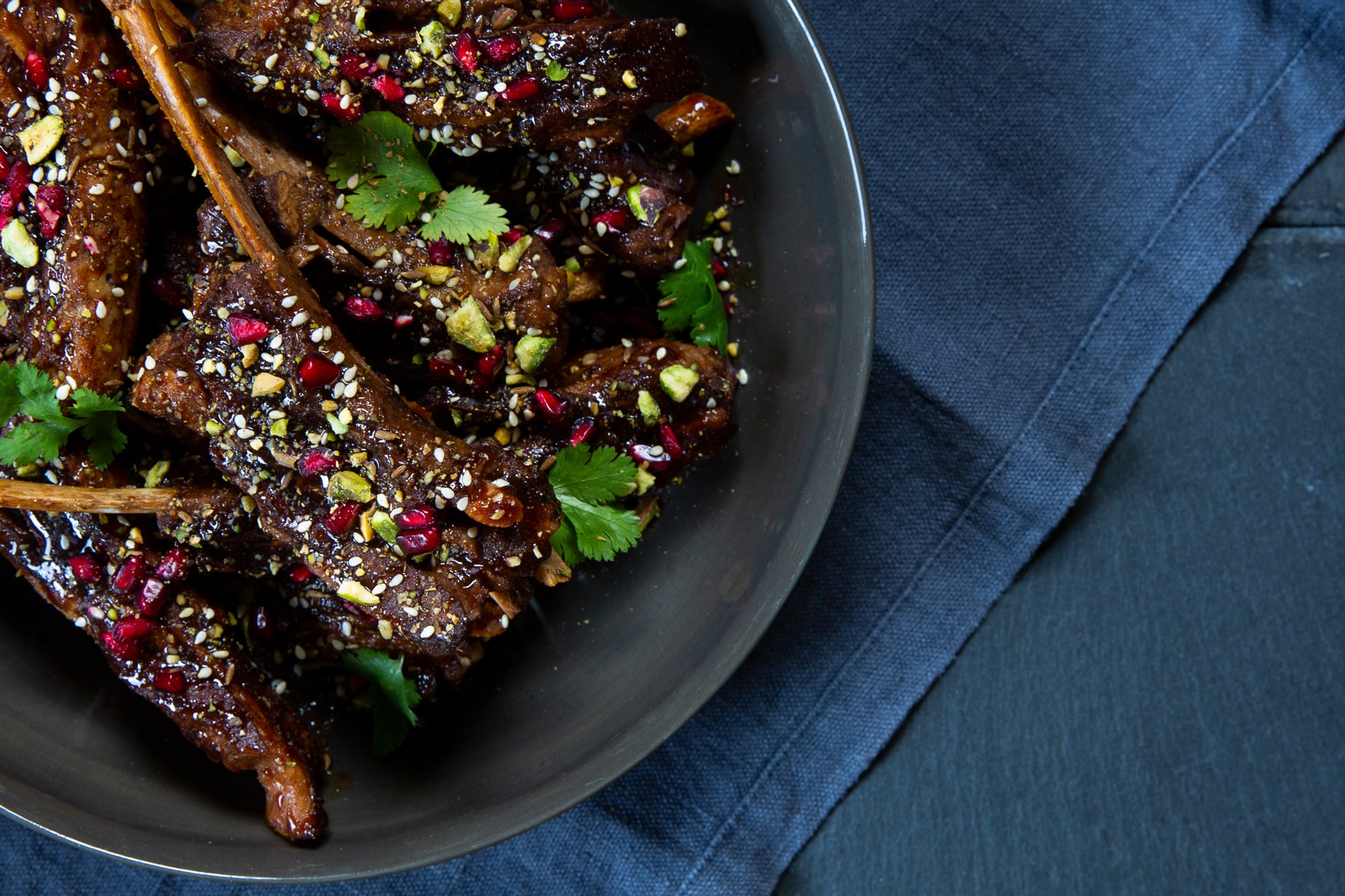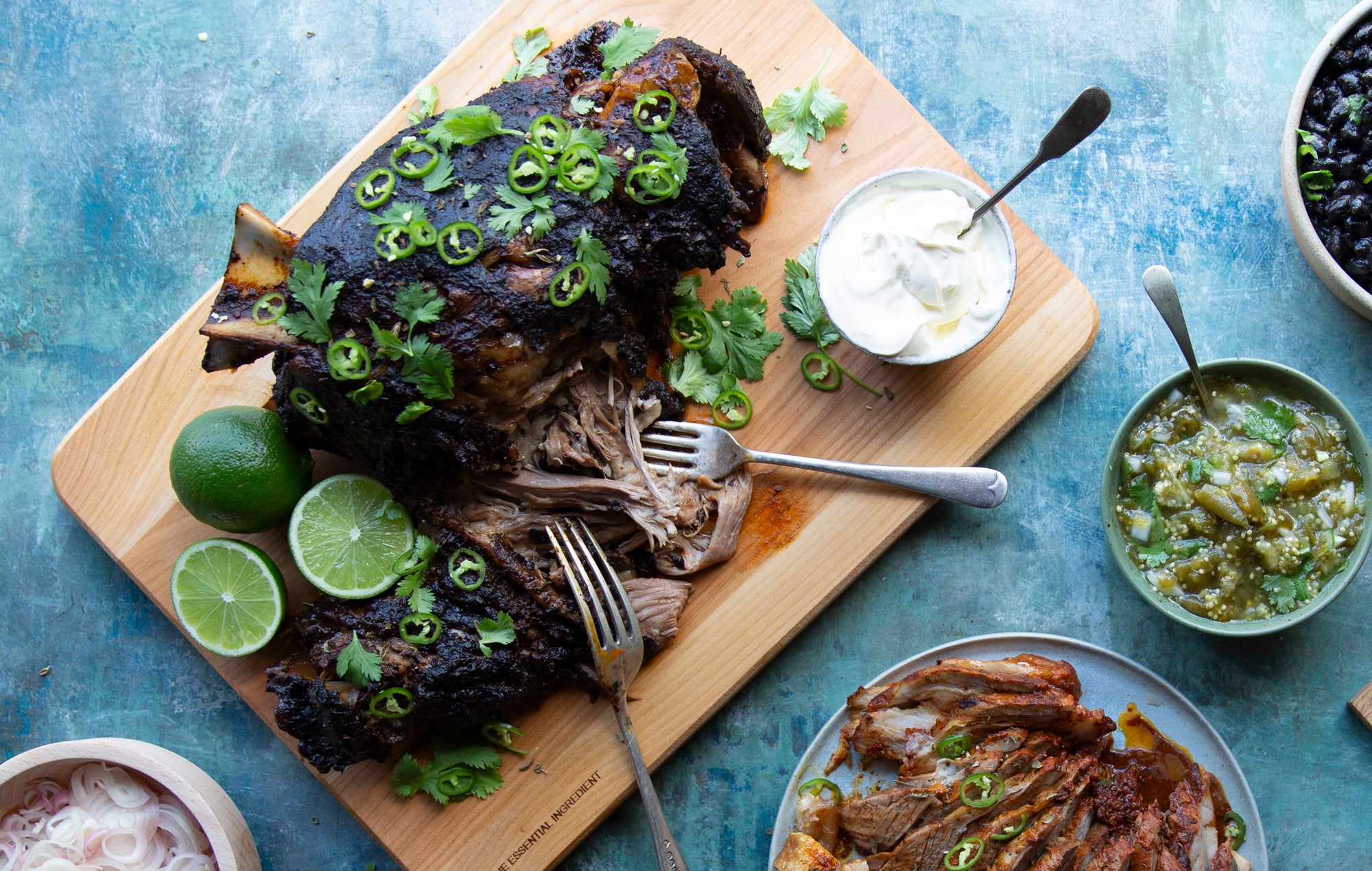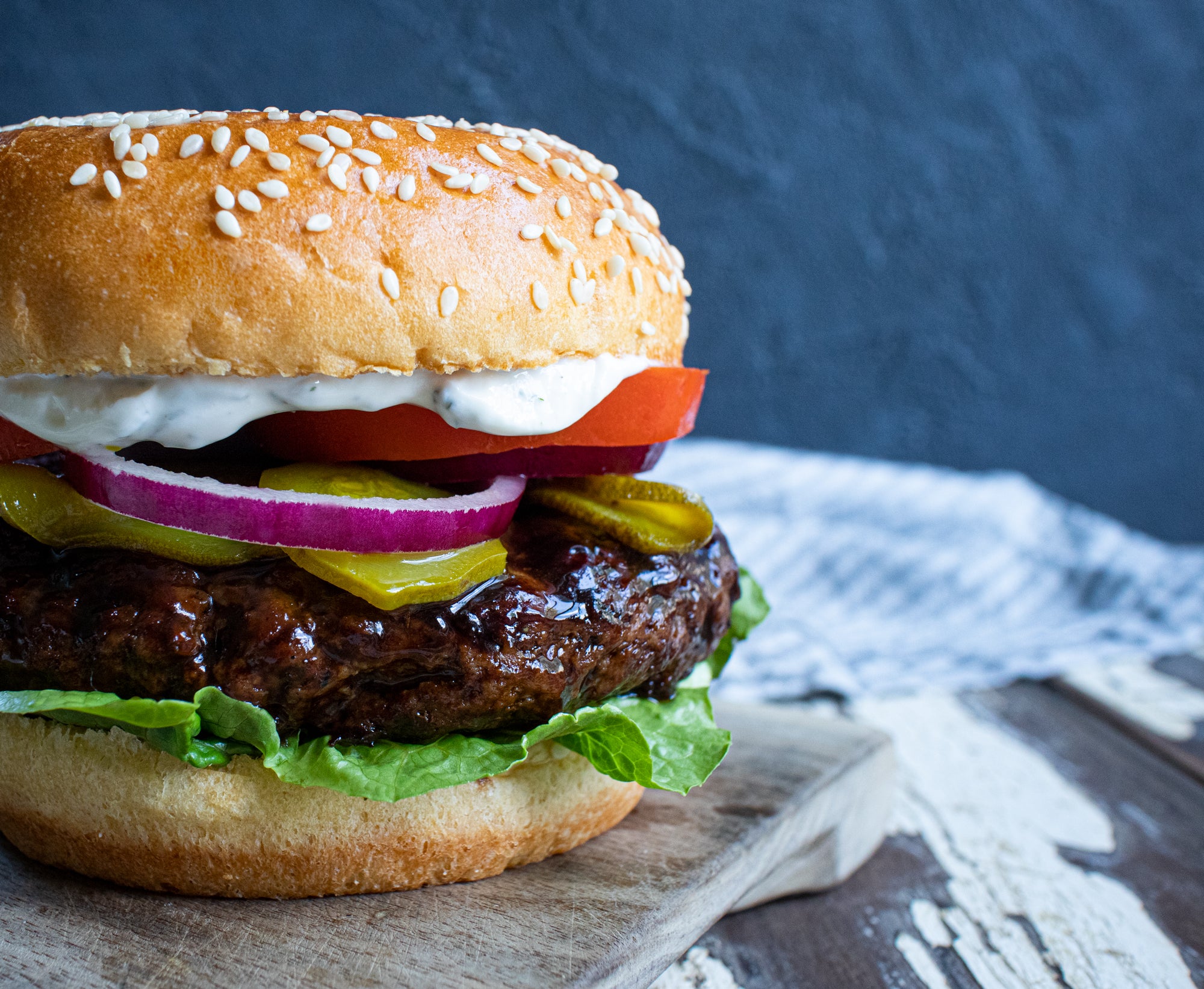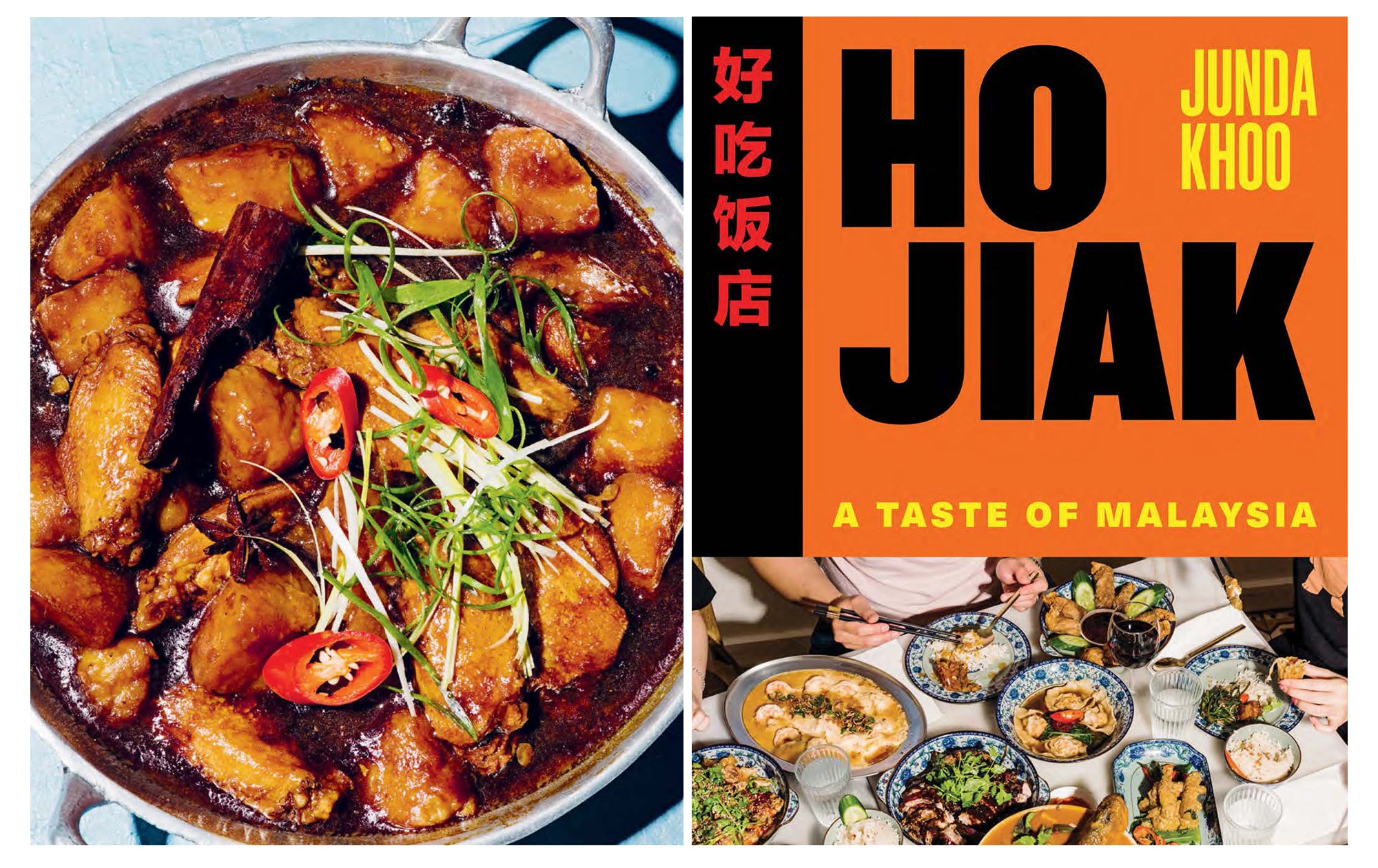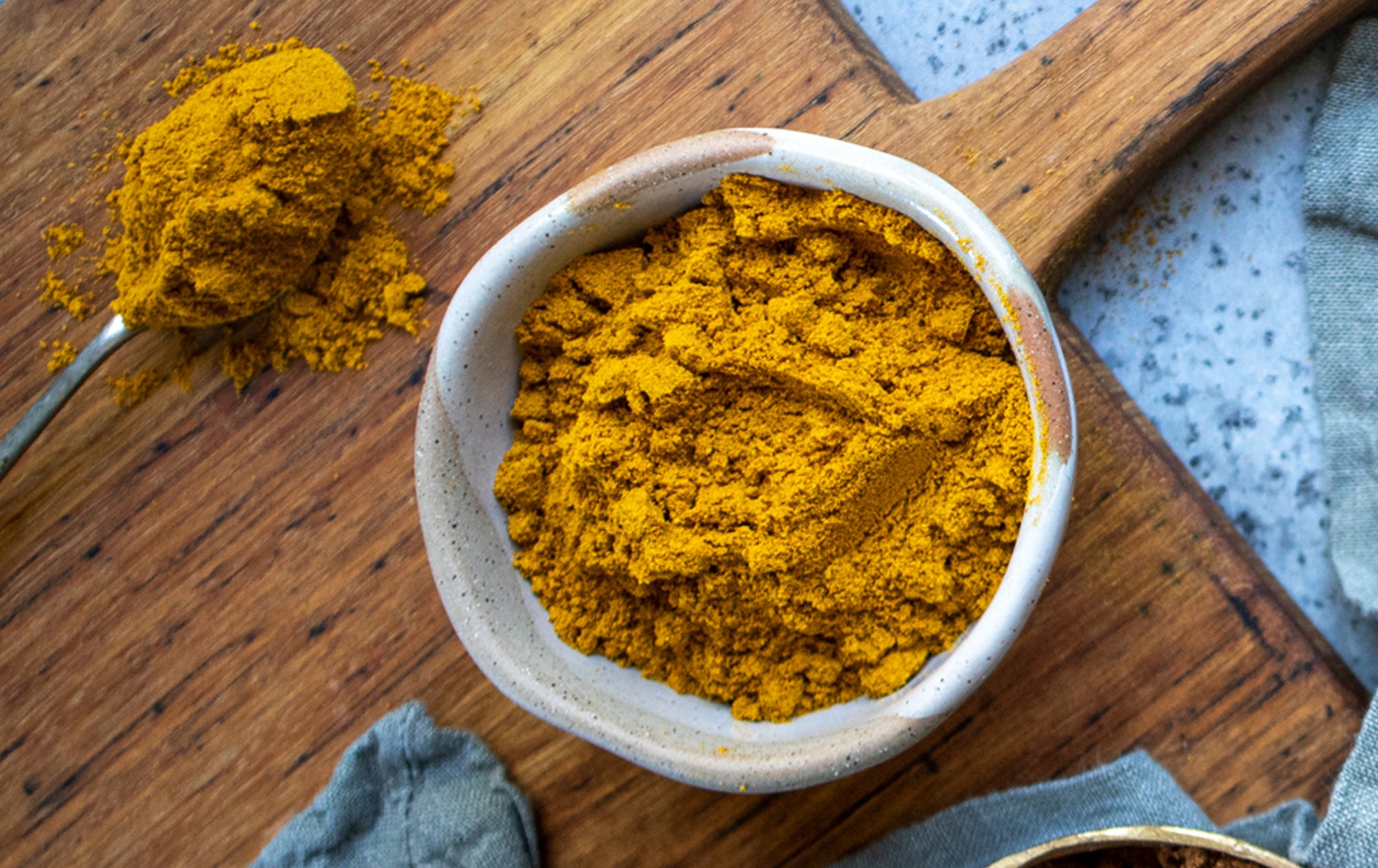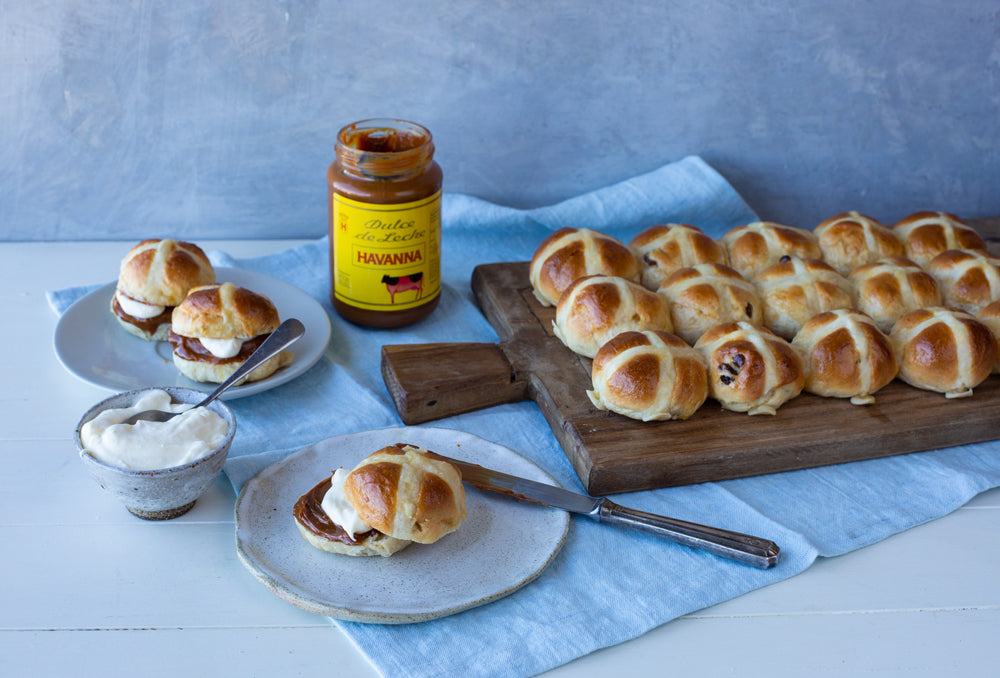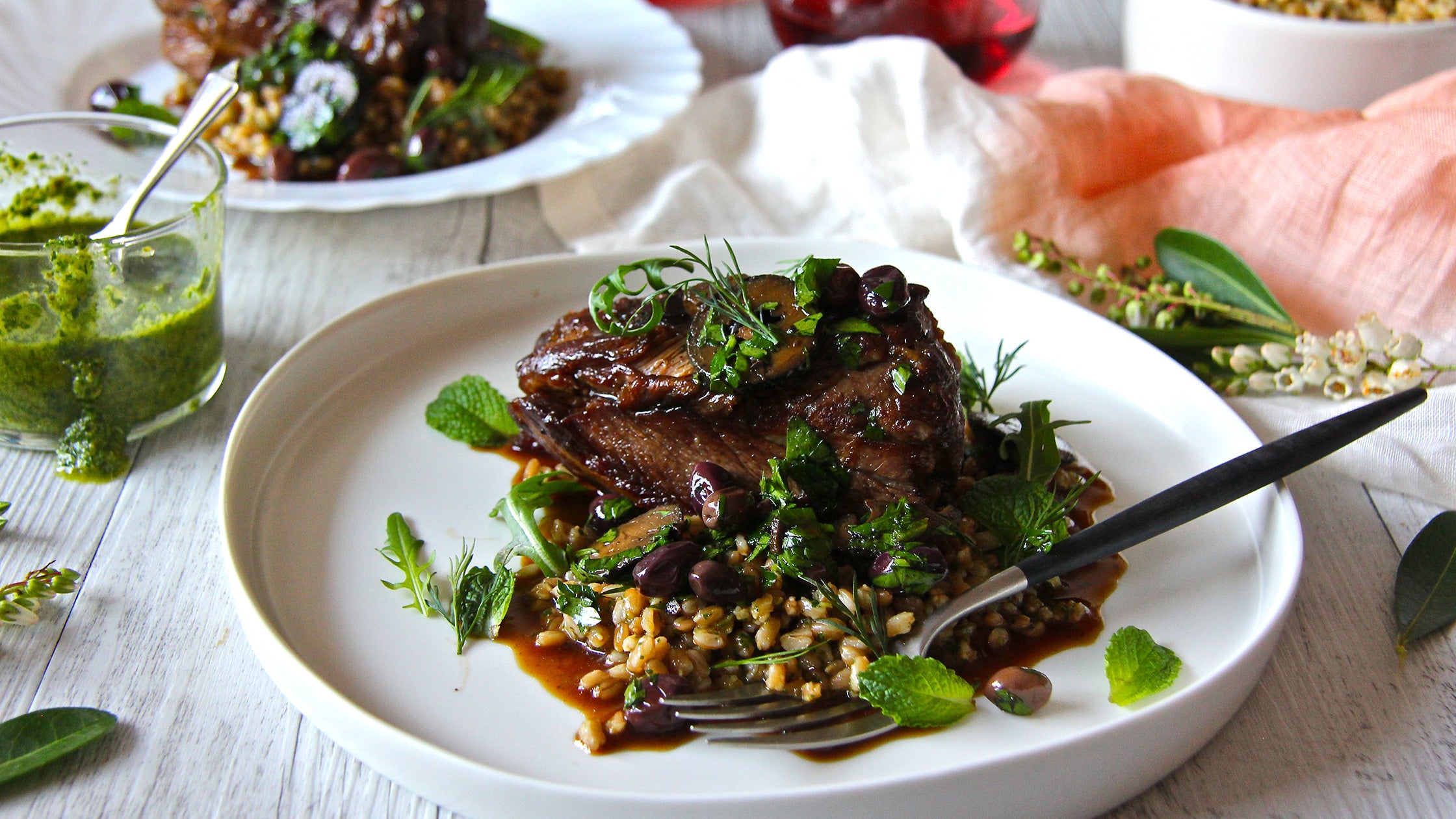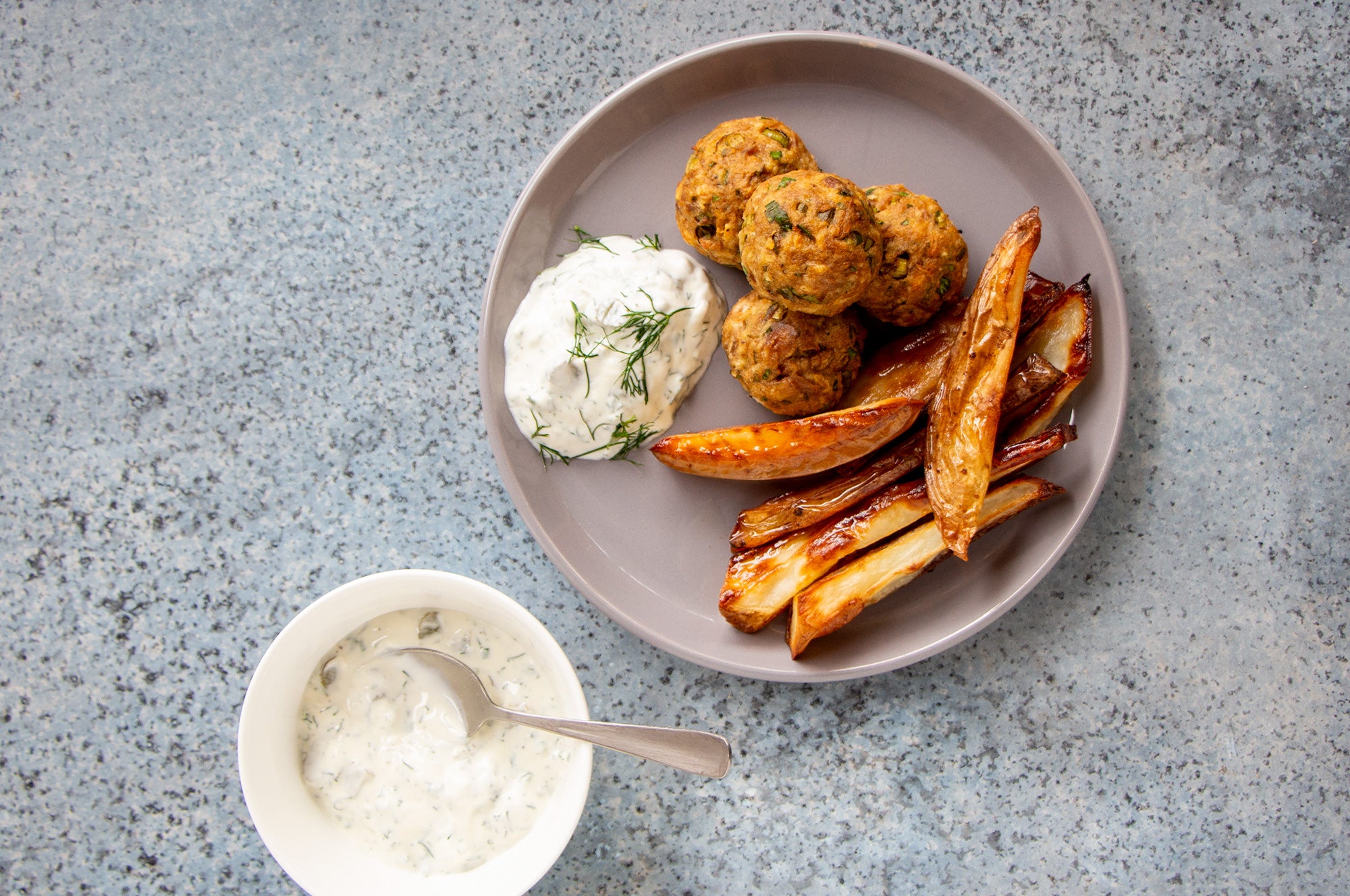
The Taste of Belgium: Roast leg of lamb with pungent mustard
Last updatedClassic cookbook
The Taste of Belgium was first published in 1996, and sold more than 50,000 copies, but had been out of print for many years. Ruth Van Waerebeek’s wonderful compendium of Belgian recipes is now back by popular demand, republished by Grub Street, and distributed by Peribo Books.
Belgium is a country that boasts more three-star restaurants per capita than any other nation including France. With its hearty influences from Germany and Holland, herbs straight out of a Medieval garden, and condiments and spices from the height of Flemish culture, Belgian cuisine is elegant comfort food.
It’s the Sunday meal and a continental dinner party, family picnics and that antidote to a winter’s day. In 250 delicious recipes, Van Waerebeek explores the best of Belgian cuisine. They include Veal Stew with Dumplings, Mushrooms, and Carrots, Smoked Trout Mousse with Watercress Sauce, Braised Partridge with Cabbage and Abbey Beer, Gratin of Belgian Endives, Flemish Carrot Soup, Steak-Frites, Steamed Mussels. The desserts, some using the best chocolate on earth, include Belgian Chocolate Ganache Tart, Almond Cake with Fresh Fruit Topping and Little Chocolate Nut Cakes.
Roast Leg of Lamb with Pungent Mustard is the cover recipe of this classic cookbook, which you can find, along with hundreds of other titles, at The Essential Ingredient Newcastle.
Roast leg of lamb with pungent mustard
The best lamb in Belgium comes from coastal areas. Here the lambs and sheep graze in the salt marshes and their meats pick up a slightly salty taste of the sea.
I remember visiting one of the small villages around the North Sea as a child and seeing all the traffic coming to a halt as a shepherd and his dogs guided a flock of a hundred or so sheep through the narrow village streets.
In Belgium lamb is not as popular as beef or pork. However lamb is considered something of a gourmet speciality and a more “natural” meat. This is because the lambs wander unconfined and they do not have hormones or drugs in their diets.
This is an excellent roast for either a small family dinner or for a larger party.
If you would like to serve 8 to 10 people, roast a whole leg of lamb weighing 2.7 -3kg. Figure the cooking time at about 16 minutes per pound for medium-rare (internal temperature of 57-60 ° C/135-f4-0 ° F). Serve with Rosemary roast potatoes and a green vegetables.
– Ruth Van Waerebeek
Ingredients (Serves 4-6)
- 1 rump half leg of lamb (about 2kg, bone in for more flavour)
- 2 cloves garlic, peeled and halved
- 2 teaspoon fresh thyme or teaspoon dried thyme
- 1 teaspoon fresh or dried rosemary
- 110g butter
- 1 small onion, peeled and quartered
- 1 carrot, peeled and quartered
- 2 cloves garlic, unpeeled and crushed with the flat of a knife
- 1 bay leaf
- Salt and freshly ground black pepper to taste
- 3 tablespoons dried breadcrumbs
- 1 tablespoons chopped fresh parsley
- 2 tablespoons Tierenteyn or Dijon mustard
- 120ml dry white wine or veal stock
- 120ml water
- 1 bunch watercress, large stems removed, for garnish
Place the leg of lamb in a deep flameproof roasting tin. Rub the meat on all sides with the cut sides of the halved garlic cloves. (Garlic lovers can stud the meat with fine slivers of garlic.) Sprinkle with the thyme and rosemary; pour the melted butter over the meat. Cover the roasting tin with clingfilm and refrigerate for at least 1 hour or up to 8 hours.
Preheat the oven to 200°C/400°F/gas 6. Surround the roast with the onion, carrot, the crushed garlic cloves, and bay leaf. Season with salt and pepper.
Roast the lamb for 15 minutes. Reduce the heat to 180°C/350F/gas 4 and continue roasting for 45 to 50 minutes. Baste the meat every 15 minutes or so with the pan drippings, adding a little water if the tin is too dry. The roast is done when the internal temperature registers 57°C/135°F on an instant-read thermometer. At this point the meat will be rare, but it will continue to cook a while longer as it sits.
Combine the breadcrumbs and parsley, Spread the lamb evenly with the mustard and pat on the breadcrumbs and parsley mixture. Baste with the drippings and return to the oven. Roast for another 10 minutes to crisp up the breadcrumbs.
Transfer the roast to a cutting board and let it rest for 15 minutes before carving. Remove as much fat as possible from the roasting tin. Place the in on top of the stove and add the white wine and water, Deglaze over high heat, scraping up all the brown bits from the bottom with a wooden spoon. Strain the gravy, pressing as much as possible from the vegetables with the back of a wooden spoon. Taste and adjust the seasoning and pour it into a gravy boat. Carve the leg of lamb and arrange the slices on a platter surrounded by small sprigs of watercress.
A bit about Tierenteyn mustard
The Belgian’s taste for mustard goes back at least to the Middle Ages when these little seeds, yellow and black, started to become available in trading cities like Ghent, which in the 13th century was second only to Paris as a leading centre of manufacture and trade.
The use of mustard entered our culinary traditions and never left, for mustard, both as a flavouring and a condiment, did wonders to perk up insipid meats and was particularly useful in masking any meat that had become a bit too aged. Mustard merchants, eaach one with his own secret methods and ingredients to combine with the mustard sseds, thrived. Mustards were flavoured with wine, beer, vinegar, or verjus (the juice of sour grapes). Various spices could be added along with salt and sugar.
Today everyone knows Dijon mustard. from the capital city of Burgundy, but few people outside of Belgium have heard of the dark brown, rather potent mustard that is produced in Ghent by the House of Tierenteyn. This is a mustard of exceptional flavour. When its aroma hits your nostrils, your eyes water and your taste buds awaken in expectation.
Time stands still
The House of Tierenteyn is located in the heart of medieval Ghent in the Groentenmarkt (the market square where farmers come to sell their produce). It is a tiny shop, tucked between an old little bakery and a grocery store. It has been there since 1790 and to this day sells mustard only of its own manufacture – the famous Tierenteyn mustard of Ghent. When you step inside, you feel that here, time has truly stood still. Your eyes, rest in wonder and appreciation on the neat rows of blue spide filled porcelain jars on the shelves and below them the wooden barrels of freshly made mustard. At the same time your head is filled with the aromas of nutmeg, bay leaves, cinnamon, and, of course, mustard.
In this shop, Tierenteyn mustard is produced from a recipe that dates back to 1790. And while anyone who knows enough to come here can buy their mustard, the exact combination of herbs and spices is a secret, guarded as carefully as a pot of real gold. The pungent Tierenteyn mustard has inspired many cooks. It is a traditional condiment to be served with pates, terrines, charcuteries, and a variety of cold and hot meats. It is also very successfully incorporated as a flavouring in recipes using rabbit, lamb, pork, poultry and even vegetables and fish.

